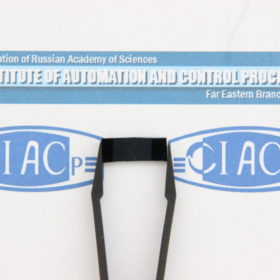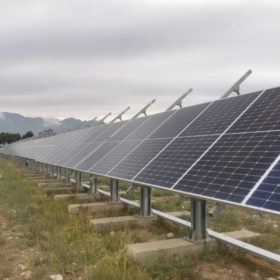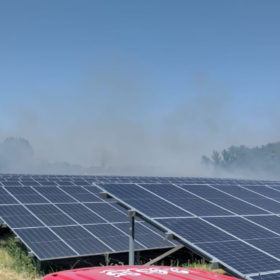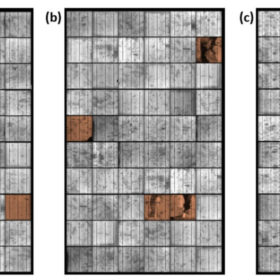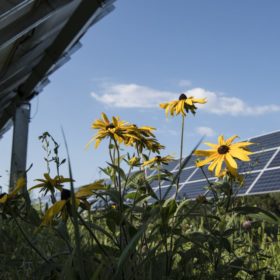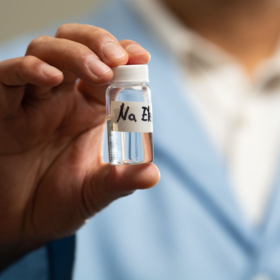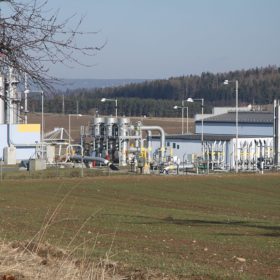Vehicle-integrated photovoltaics for low-speed electric vehicles
Canadian startup Capsolar claims its flexible solar modules can be adapted to any type of low-speed electric vehicle with no extra modification and custom work. The panels have an efficiency of 21.3% and rely on 24%-efficient solar cells provided by US manufacturer SunPower.
New kind of black silicon shows improved light-trapping properties
Scientists in Russia have developed a new wide-band optical absorber called ‘black silicide’ which they claim is more adjusted to match AM-1.5 solar spectrum with theoretically higher photogenerated current density. It could be used for tandem operation in photovoltaic devices.
Portable flexible PV systems for off-grid, residential applications
US startup New Use Energy Solutions has launched a new line of portable PV systems built with a module technology relying on Sunpower’s solar cells. The modules are assembled in the system via a custom vinyl tarp.
JA Solar test reveals n-type panels outperform p-type counterparts
Chinese manufacturer JA Solar said that tests have shown that n-type modules have a 3.9% higher power yield than their p-type counterparts. Germany-headquartered technical service provider TÜV Nord has confirmed the results.
Heat wave sparks fire at solar park in the Netherlands
The fire affected an area of around 5,000 square meters but did not damage the solar panels. The local fire brigade was able to control the fire in around two hours.
Small cracks have negligible effect on solar cell performance
A team of researchers from the United Kingdom have found that crack percentages of up to 11% have a very limited impact on solar cell performance. They also ascertained that hotspots are likely to arise when the crack percentage is in the range of 11 to 34%.
Novel method to turn existing solar parks into agrivoltaic facilities
An international research team has developed a new methodology to increase levels of pollination at ground-mounted solar plants. It involves the development of new vegetated land cover below and around solar parks.
Sodium-ion batteries for EVs, renewables storage
US scientist have developed a new electrolyte design for sodium-ion batteries to improve their long cycling performance. The low-solvation electrolyte was designed for high-voltage sodium-ion batteries, which retained 90% of their capacity after 300 cycles.
New micro-inverter series from China
Beny Electric unveiled a micro-inverter series with efficiency of up to 97.5% and a European efficiency of up to 97%. The micro-inverters are available in three different versions with a rated power output of 550 VA, 700 VA, and 2,800 VA, respectively.
Oil and gas reservoirs are cheapest options for underground hydrogen storage
New research from Ireland shows that depleted oil and gas reservoirs may be used to store hydrogen at a cost of US$1.29/kg (AU$1.9/kg). According to the researchers, underground hydrogen storage may benefit from the technological maturity of the geologic storage of natural gas and CO2, which are associated with decades of established knowledge.


